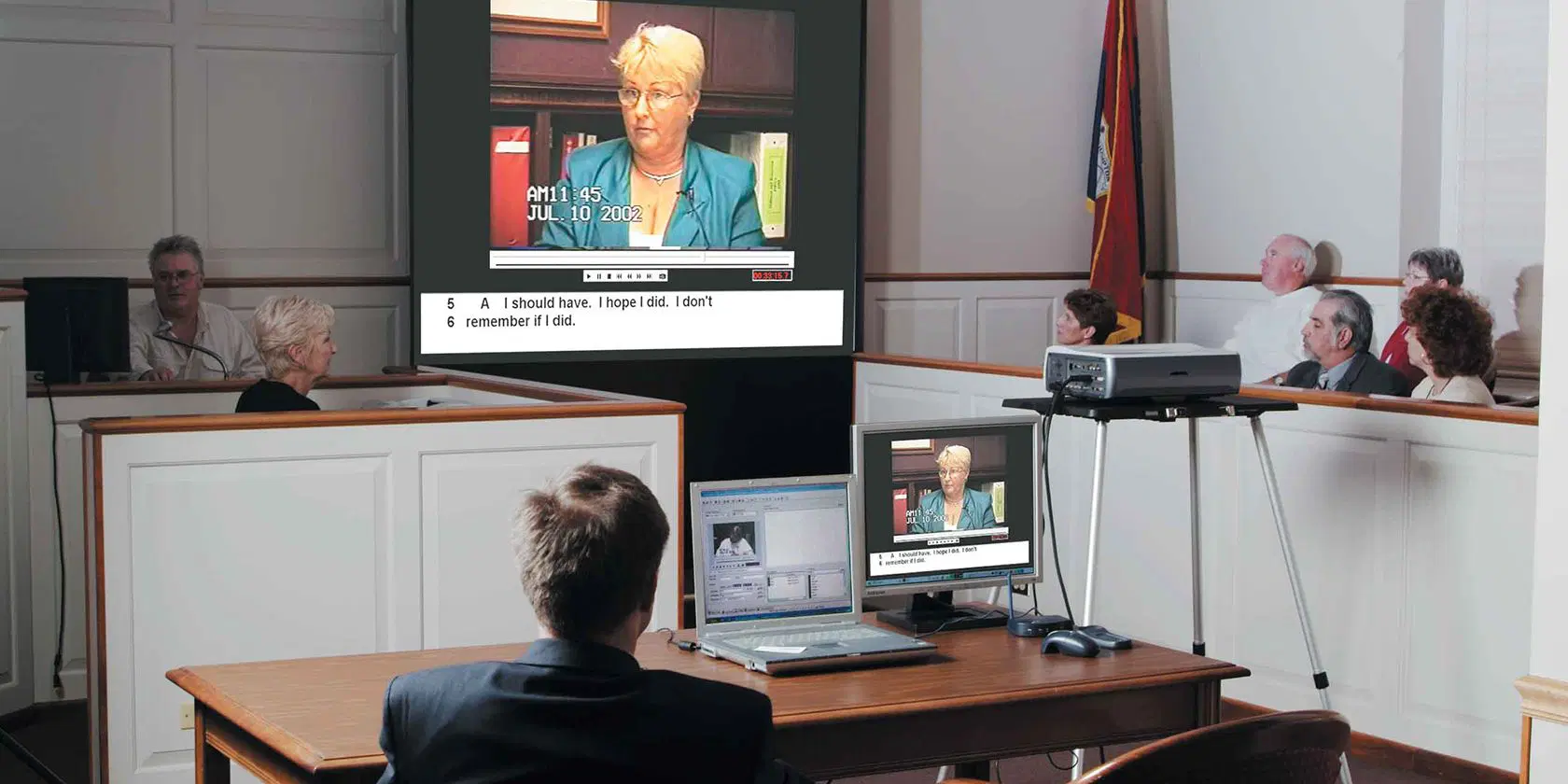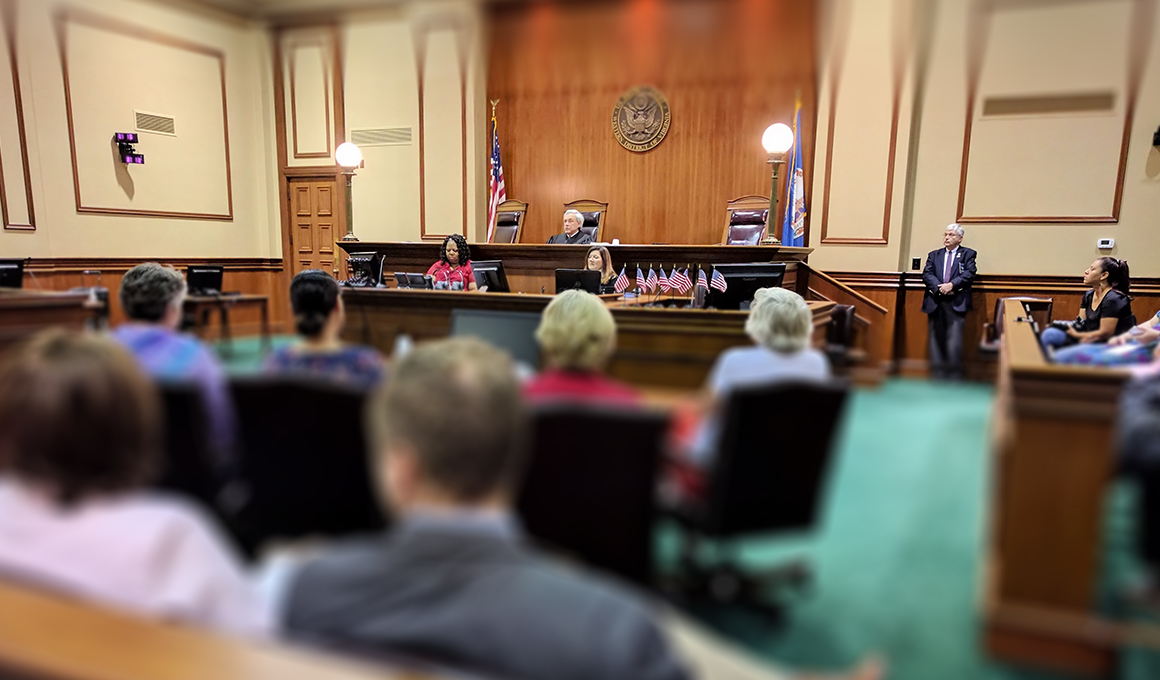Trial Presentation Expert Help to Elevate Your Courtroom Performance
Trial Presentation Expert Help to Elevate Your Courtroom Performance
Blog Article
Opening the Secrets of Effective Trial Discussions: A Thorough Approach
In the realm of lawful practice, the efficiency of trial discussions can often determine the end result of an instance. A detailed technique that consists of comprehending the audience, crafting engaging stories, and utilizing reliable distribution strategies is vital for attorneys aiming to make an enduring influence. By tactically tailoring presentations and utilizing aesthetic help, one can streamline intricate legal debates and enhance interaction. However, the subtleties of getting ready for unforeseeable concerns and preserving calmness need further exploration, as they are essential to understanding the art of persuasion in the court room.
Recognizing Your Target Market
Comprehending your target market is a crucial component of supplying a successful trial discussion. Knowing that will be receiving the information allows speakers to customize their technique efficiently, guaranteeing that the message resonates with jurors, judges, and other stakeholders. This includes not just acknowledging their demographic qualities but also recognizing their worths, ideas, and possible prejudices that might affect their understandings.
Study suggests that jurors frequently bring personal experiences and preconditioned notions right into the court room. Therefore, it is essential to engage with them on a relatable level, presenting disagreements that straighten with their point of views while simultaneously testing them professionally. The capability to expect their concerns and problems can considerably enhance the persuasiveness of the presentation.
Furthermore, a reliable trial presentation calls for an understanding of the jurors' interest spans and cognitive handling styles. Presenters should intend to streamline intricate lawful concepts and utilize visual aids that promote understanding. By leveraging this audience understanding, attorneys can build a narrative that is not just compelling however also remarkable, eventually guiding jurors towards a favorable choice. Adapting communication techniques to fit the target market is not just valuable; it is necessary for success in the courtroom.
Crafting Engaging Stories

To produce an efficient narrative, attorneys ought to start by determining the core message they desire to communicate (trial presentation). This message must be clear and consistent, permitting jurors to follow the tale without complication. Integrating relatable personalities, vibrant descriptions, and psychological arcs can dramatically improve the story, making it much more unforgettable and persuasive
Additionally, it is crucial to present the story in a logical series. Utilizing chronological order or thematic organization can help jurors comprehend the unfolding events and their effects. Attorneys should also bear in mind the pacing, making certain that vital moments obtain appropriate focus while maintaining the overall circulation of the presentation.
Ultimately, an engaging story can connect the space between lawful complexities and human experiences, enabling jurors to get in touch with the situation on both intellectual and psychological degrees. This link can substantially influence their deliberations and the last outcome of the test.
Aesthetic Aids and Modern Technology
Efficient use aesthetic help and modern technology can considerably boost test discussions, providing jurors with clear and appealing depictions of intricate information - trial presentation. By integrating properly designed graphes, charts, and images, lawyers can distill complex information into digestible styles that help with understanding. Such visual reference aspects offer not just to illustrate bottom lines but likewise to strengthen the narrative established throughout the test
Furthermore, technology can boost interactivity, enabling for real-time demos or simulations that can clearly show occasions or circumstances important to the situation. Tools such as video proof, interactive timelines, and 3D versions can bring a sense of realistic look that static discussions lack. These innovations not only record interest but additionally help in memory retention, making sure that jurors can recall critical details during consideration.
It is vital, nonetheless, to make use of these aids judiciously. Overwhelming jurors with too much info or overly complex visuals can lead to complication as opposed to clarity. Rather, a calculated option of pertinent visuals, coupled with succinct explanations, can develop an extra convincing and impactful presentation. Ultimately, when incorporated thoughtfully, aesthetic aids and modern technology can play an essential function in achieving desirable end results in trial setups.
Effective Distribution Strategies
A lawyer's distribution techniques can substantially influence the impact of their test discussions. To develop trustworthiness and involve the court, lawyers need to grasp numerous shipment techniques. Key amongst these strategies is preserving eye contact, which fosters a link with jurors and boosts the persuasiveness of the debate. Furthermore, the attorney's voice inflection-- varying pitch, tone, and quantity-- can highlight essential factors and communicate feeling, making the presentation more engaging.
Body language also plays a crucial duty. trial presentation. Certain pose and purposeful motions strengthen the talked word, while staying clear of distracting activities can keep the court concentrated on the message. Pauses, strategically used, allow jurors to take in complex information and produce anticipation wherefore follows
Rehearsing the presentation in front of peers can give beneficial responses on shipment style, allowing refinements that boost effectiveness. By refining these shipment strategies, attorneys can significantly raise their test presentations and improve their possibilities of success.
Preparing for Q&A Procedure
Grasping distribution strategies lays a solid foundation for More Bonuses an attorney's effectiveness in trial presentations, however equally essential is the prep work for Q&A sessions that often comply with. Reliable preparation for these sessions makes certain that attorneys can address concerns with confidence and persuasively, reinforcing their disagreements and preserving reliability.


To prepare, attorneys should expect potential inquiries from jurors, opposing advice, and judges. This involves a comprehensive review of case products and comprehending the opposing debates. Creating a listing of feasible queries assists in developing exact, concise feedbacks that directly attend to the issues raised.
In addition, lawyers must practice their reactions, either via simulated Q&A sessions or by involving colleagues for feedback. This practice not just increases confidence however also assists improve shipment and tone, making certain clarity under stress.
Conclusion
In conclusion, successful trial presentations depend upon a diverse method that includes a deep understanding of the target market, the development of compelling narratives, and the tactical use of aesthetic have a peek here aids and innovation. Efficient distribution techniques and extensive prep work for anticipated concerns better boost the discussion's impact. By integrating these elements, lawyers can substantially enhance their capability to interact persuasive arguments, ultimately affecting juror understanding and decision-making in the court.
Report this page